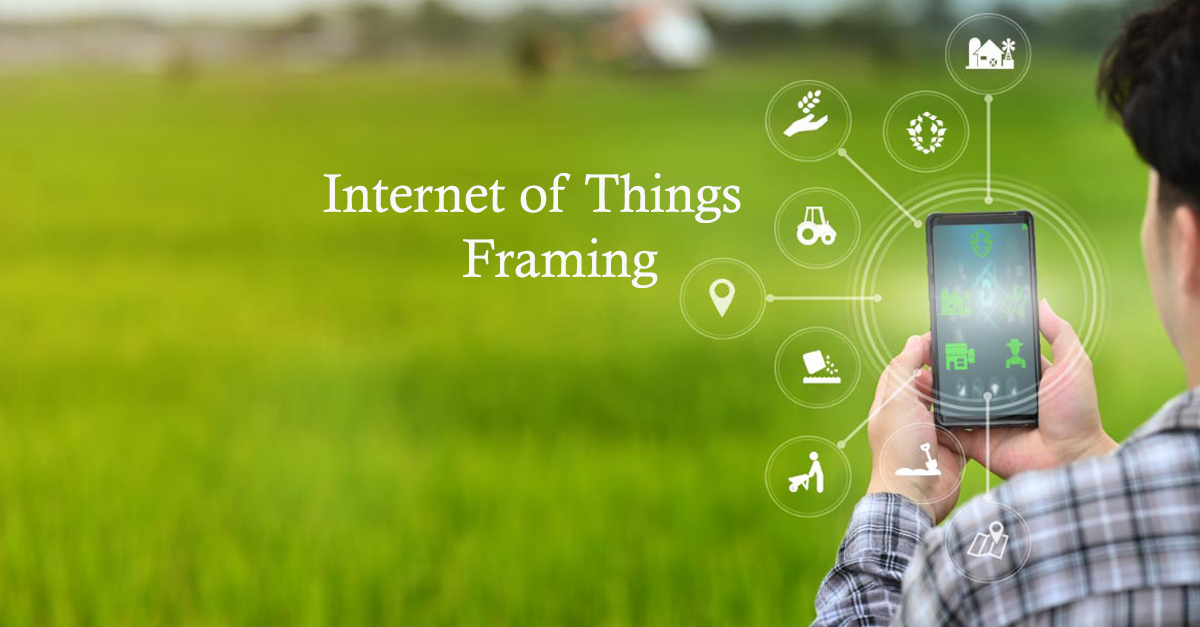Background and Objective
The oldest industry on the planet is agriculture, and it has always been a risky enterprise. It is constantly vulnerable to bad weather, low profitability, and volatile markets. Professional full-time producers are also finding it harder than ever to manage their companies with all the attention GMO goods have been getting. As the world population increases and the need for food increases from fewer acres, farmers today are facing some of the greatest difficulties in the history of the industry. These difficulties are accompanied by the natural rivalry for land and water, which is made worse by labour shortages, climate change, and expanding environmental regulations. IoT devices, which include the numerous gadgets on the internet of things (IoT), are nonstandard computing devices that may connect wirelessly to a network and transfer data. IoT entails expanding internet connectivity to a variety of conventionally "dumb" or non-internet-enabled physical items and daily things in addition to regular devices like desktops, laptops, smartphones, and tablets. These gadgets may connect and communicate online since they are technologically embedded. They may also be watched over and managed remotely.
Solution
As we can see, there are countless applications for IoT in agriculture. The performance and income of your farm may be improved in a variety of ways with the aid of smart technologies. Businesses may profit from IoT in ways like increased agricultural output and worker safety. Less insecticides, water, and fertiliser may be used. There is less runoff into groundwater and rivers because farmers may use less fertilisers and pesticides. This has a lessening effect on the ecology.
Method
IoT smart farming technologies are used in this project to automate the irrigation system and monitor the agricultural field using sensors (light, humidity, temperature, soil moisture, crop health, etc.). On the basis of this data, they may choose between human and automatic solutions for taking the appropriate steps. The farmer can use sensors to start irrigation, for instance, if the soil moisture level drops. Comparing smart farming to traditional farming, the latter is significantly more efficient. Only the individual who registers the device will be its owner, but he or she may also share it with a peer group of coworkers so that others may also access it. Additionally, the device may be assigned to a certain person and plant by the owner. After that, it will be possible to view the device's readings and virtually keep an eye on the plant. The user may manage all of his registered devices using the interface.
The steps in working of Agriculture IOT: - Smart mobile data collection - Network-based data transfer
Conclusion
The use of the Internet of Things in agriculture, as in other sectors, offers hitherto unattainable efficiency, cost and resource savings, automation, and data-driven operations. Instead of acting as advancements in agriculture, these advantages serve as the industry's overall answers to a variety of risky issues. Given the characteristics of the modern world, the growth of the agricultural sector will always be a top priority. As a result, the use of IoT in agriculture has a bright future as the industry's primary driver of efficiency, sustainability, and scalability.





